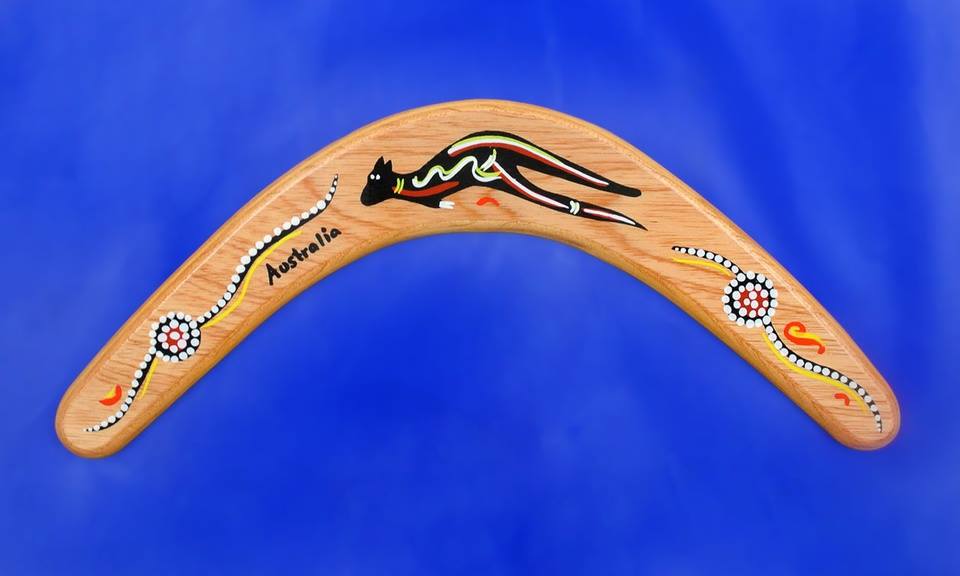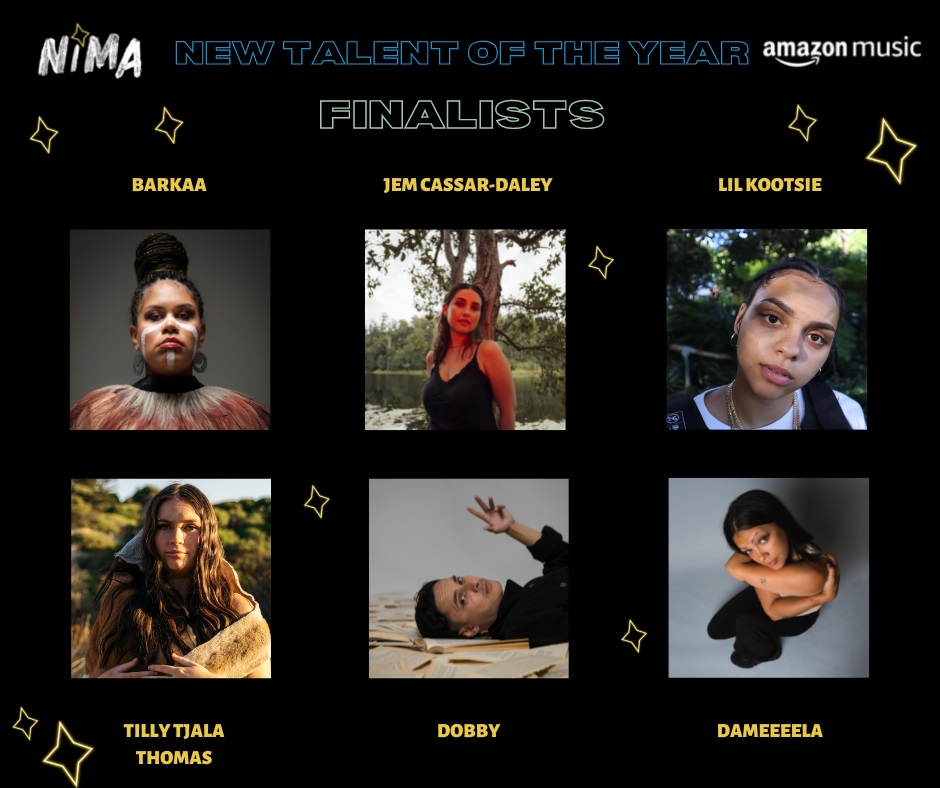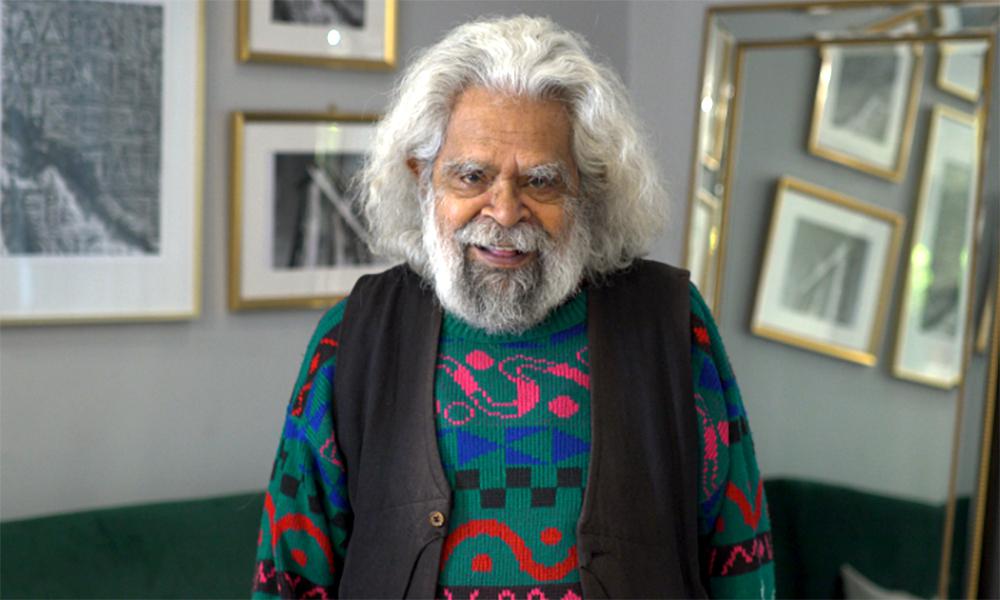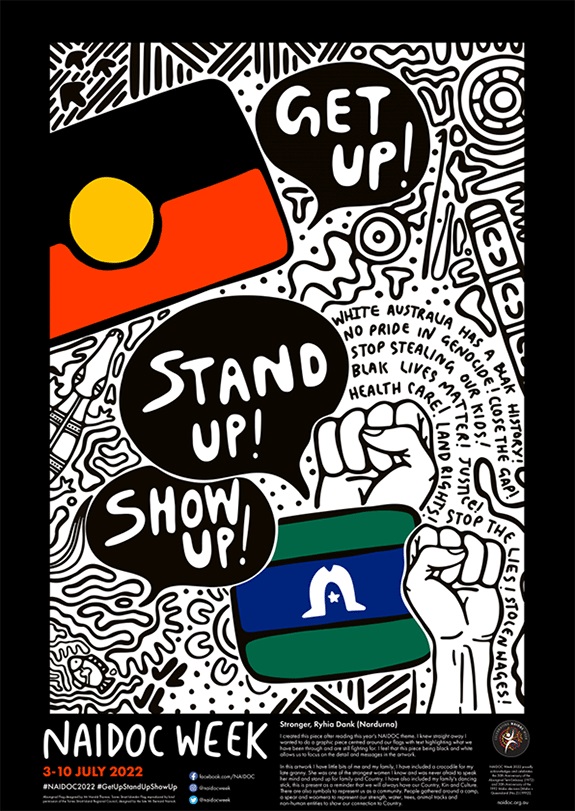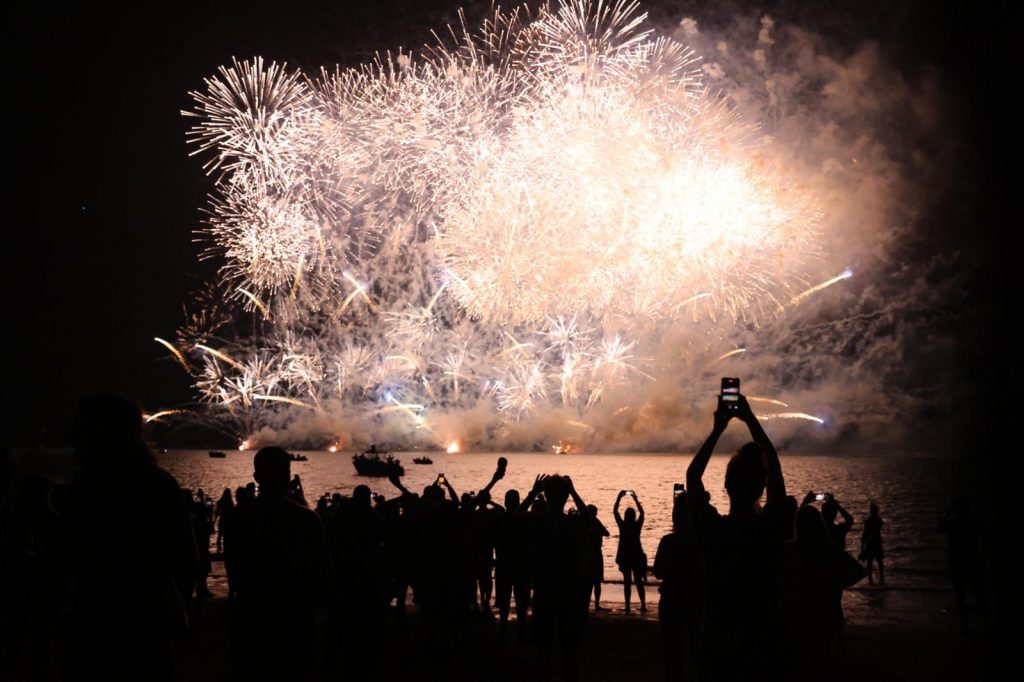The Chair of the Indigenous Art Code says a Productivity Commission report on inauthentic Indigenous art seeks to reduce fake products when we should be taking them off the market entirely.
This week, the Productivity Commission released it’s draft report on Aboriginal and Torres Strait Islander Visual Arts and Crafts with a range of recommendations to protect First Nations artists and their intellectual property.
One of the recommendations is to implement mandatory labelling for inauthentic Indigenous art to better inform consumers.
Commissioner Romlie Mokak says a blanket ban on inauthentic art would be quite a bit to manage and enforce where as mandatory labelling would put the burden on the producers of fake art.
Quandamooka woman and Chair of the Indigenous Art Code, Stephanie Parkin says they have been looking at examples of laws that would ban the practice without burdening Indigenous artists.
She says the production of fake First Nations art needs to stop.
The report found that while around $250 million worth of Indigenous art was sold in 2019-2020, two thirds of souvenirs sold were inauthentic with no connection to First Nations people.
The Productivity Commission have also recommended strengthening supports for artists and reviewing the adequacy and effectiveness of government funding.
Image: Fake Aboriginal Art Guide Facebook page

